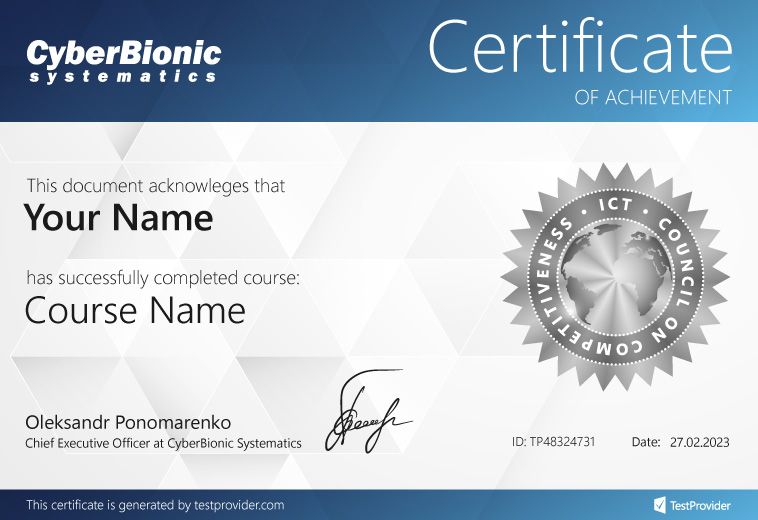Git Basics
Who is this course for
The course is designed for beginners who want to improve development efficiency by using the Git version control system and gain practical skills sufficient for independently managing projects with Git.
Additionally, the course will be useful for all developers, regardless of their specialization—whether they are layout designers, Frontend/Backend/iOS/Android developers, or other specialists working on the same project.
Prerequisites
This basic course does not require any prior specialized knowledge to complete.
Duration
6 hours
Number of lessons
3 Lessons
Price
120
The course is included in
SpecialtiesCourse program


• What is Git?
• Working with the Git console: Basic commands


• Using GitHub/GitLab
• Stages of working with a repository
• Working with a remote repository
• Cloning a repository
• Reverting changes
• Branching and merging
• Resolving conflicts


• References in Git
• Organizing Git workflow in an IDE
• Working with Git using a GUI
• Practice
Upon completion of the course you will be able to
Create repositories and work with remote repositories.
Work with the Git console.
Create commits, delete them, and revert to earlier versions.
Try it for free
Аull-fledged lesson with a trainer
What's included in the course
6 hours of live training with a trainer
Practical classes and examination of the HW
Communicating with the group
Mentor and assistant support
Testing and Certificate
Video course from ITVDN
How the learning process works

Live online classes
with a trainer

Doing
homework

Homework check,
feedback
Testing
and certification
Certificate after completing the course

Certificate after completing the course
 Testing and certification of IT professionals takes place on our own platform TestProvider.com
Testing and certification of IT professionals takes place on our own platform TestProvider.com You receive a certified certificate from CyberBionic Systematics, which confirms the level of your knowledge and increases your chances of successful employment.
You receive a certified certificate from CyberBionic Systematics, which confirms the level of your knowledge and increases your chances of successful employment. Each certificate has a serial number, the employer can check it and verify the authenticity of the certificate.
Each certificate has a serial number, the employer can check it and verify the authenticity of the certificate.Ready
to start studying?
Submit an application and secure your tuition discount


















Any questions?
We'll tell you where to start, what specialty to choose, and how to find your first job.

About course Git Basics








